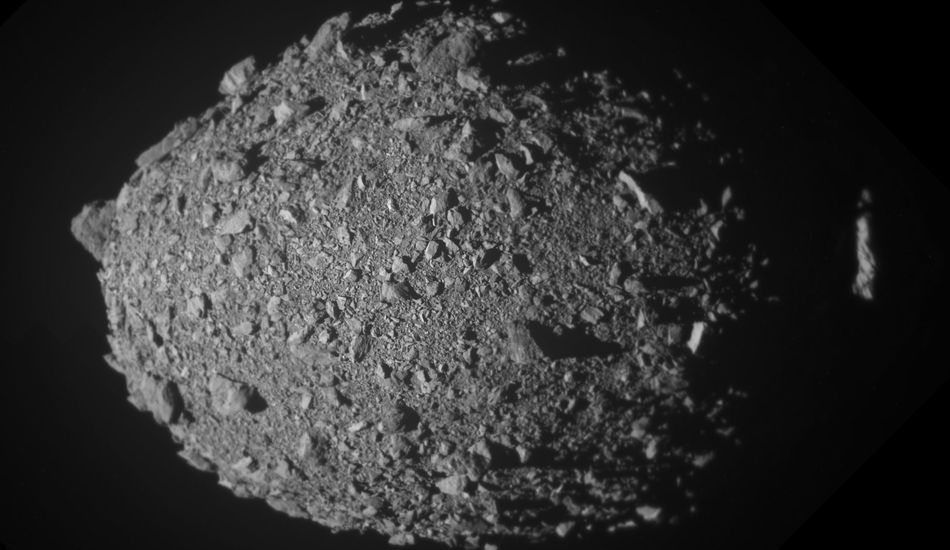
NASA's Asteroid Deflection: Debris Reveals Unexpected Challenges
So, NASA pulled off this awesome feat back in 2022: smashing a spacecraft into an asteroid to see if they could nudge it off course. It was called the DART mission, and the idea was to figure out if we could actually save ourselves from a killer asteroid someday. Initial results were great!
The mission targeted Dimorphos, a small moonlet orbiting a larger asteroid named Didymos. When DART hit Dimorphos, it actually shortened the moonlet's orbit by a whopping 32 minutes! That seemed like more than enough to deflect a dangerous asteroid. But, as it turns out, things aren't quite so simple.
New research suggests that the "kinetic impactor" technique – basically, ramming stuff into space rocks – isn't as straightforward as we first imagined. Apparently, all the debris that DART kicked up gave Dimorphos an extra shove, and this changes how we need to think about these missions.
Rubble Pile Problems
Dimorphos is what they call a "rubble pile" asteroid. It's basically a bunch of rocks, pebbles, and boulders loosely held together by gravity. Because of this, the impact sent tons of debris flying, and that debris played a bigger role than expected. If DART had hit a solid asteroid, things might have been different. However, there are lots of rubble pile asteroids, so it's important to understand how they react.
Researchers analyzed images from LICIACube, an Italian satellite that hitched a ride with DART. It captured the ejecta plume – the cloud of debris – after the impact. They tracked over 100 boulders, some as big as 23 feet wide, shooting away from the asteroid at up to 116 miles per hour! What was strange is that the debris wasn't scattered randomly. It was clustered in groups, which suggests something else is going on.
According to the researchers, the force of all that exploding debris could have even tilted the asteroid's orbital plane. Which means that accurately calculating momentum is crucial for future missions. We need to understand the contribution of surface boulders to better predict the outcome of these impacts.
While there isn't an asteroid threatening to wipe us out in the next 100 years, it's good to know that NASA is on the case! It seems we still have a lot to learn about how to protect our planet.
Source: Gizmodo